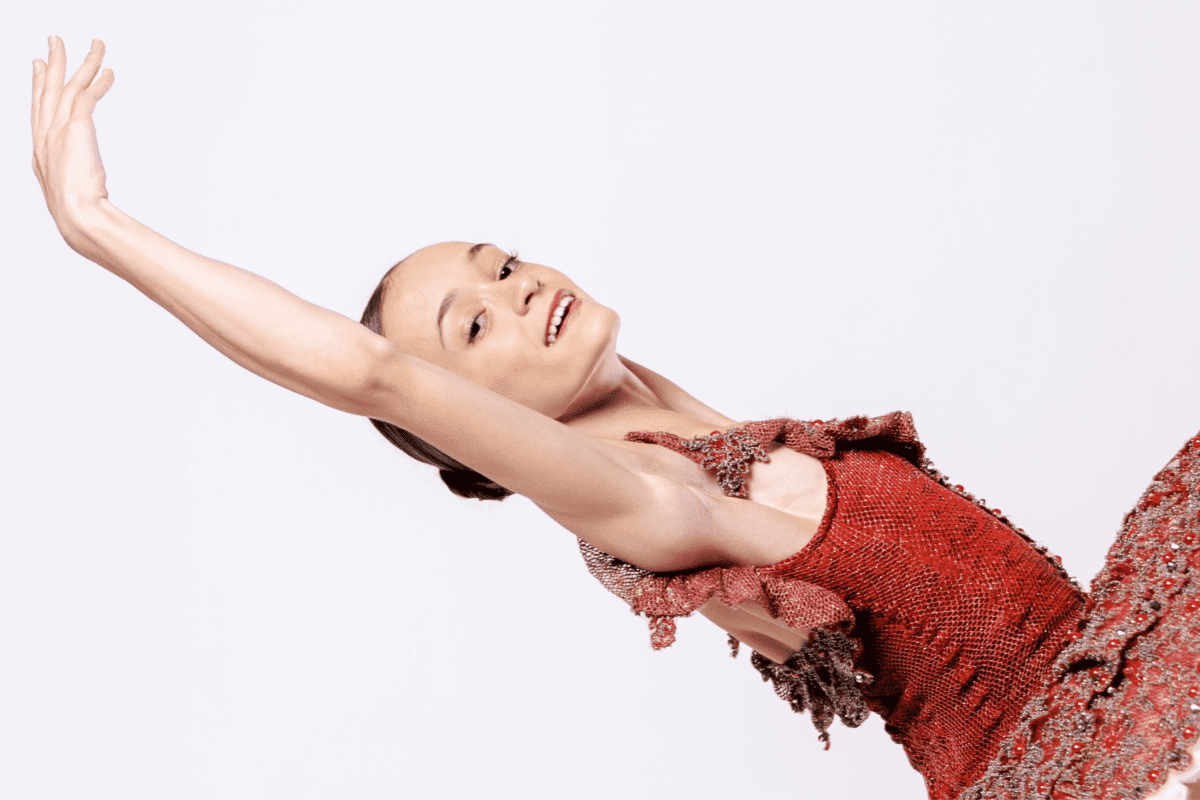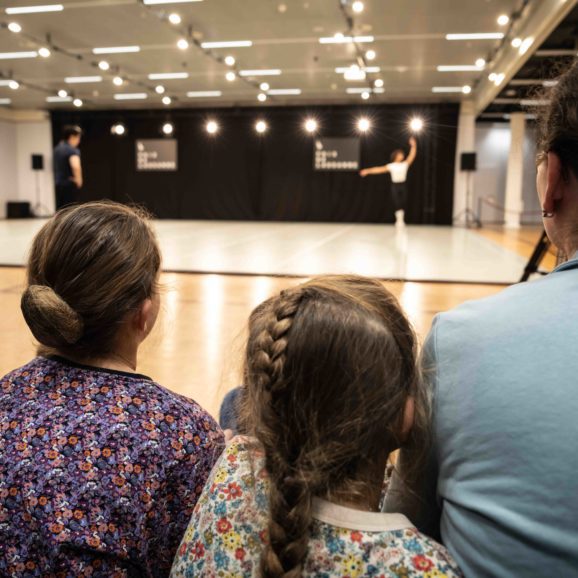05 Jan 2017
As part of the 45th edition, the Prix de Lausanne wished to honour the work of the choreographer John Neumeier. All of the contemporary variations offered to the students this year are exclusively his creations.
For our many years of collaboration and his devotion to the education of young dancers, the Prix de Lausanne has the great pleasure to offer him a « Lifetime Achievement Award ».
Prix de Lausanne prides itself on offering a unique experience for students inside a ballet competition. We are curious how you see the Prix de Lausanne fitting in the world of dance today or how do you see the Prix de Lausanne having an impact on the dance community / the art form?
Since its foundation in 1973, the Prix de Lausanne has developed into the most important student dance competition in the world. Although a thorough technique must be the basis for qualification in the competition, classical virtuosity should not be the goal of the Prix. Rather, it is the ability to use this acquired technique for the expression and projection of honest human emotions as well as individual potential that should be the qualifying criterion for jury members judging competing students. This set of values is what makes the Prix de Lausanne unique, positive and of true worth for the development of the dance world universally.
What would you like to see the students take away from learning the variations, being coached and then performing them?
The variations from my works give the dancers the opportunity to present themselves in a great variety of styles. As the variations must of necessity be learned from films and the possibility of coaching by my own ballet masters is extremely limited, the most important aspects in judging presentations must be honesty and individual creativity. Honesty meaning that one does not only try to imitate the wonderful dancers filmed performing these solos, but that the competing student must make the dance his or her own. Every competing student must, using his technique, his understanding of the choreographic text, his intuition regarding the meaning of the dance and his own true emotions, make his performance unique – something that has never been seen before.
How important is an experience like Prix de Lausanne for young dancers? For the future of dance?
The competition offers an exceptionally well-balanced mixture of artistic ideals and practical help in developing young dancers’ careers through the many scholarships which are awarded each year. However, what makes the Prix de Lausanne a unique experience is, first and foremost, the dedication to potential over present virtuosity. The Prix has, I feel, the responsibility to support individual talent and encourage young dancers to explore and reflect aspects of the human condition, suggesting in their work the noblest aspirations and possibilities of mankind. This was the defining credo Elvire and Philippe Braunschweig had in mind, I believe, when they established the Prix de Lausanne 44 years ago.
We asked Mavis Staines, Board member of the “Fondation en faveur de l’art chorégraphique”, Artistic Director of the Prix de Lausanne for 7 years (2002 to 2008) and Director of Canada’s National Ballet School to tell us more about that choice.
As Artistic Director of the PdL for 7 years (2002 to 2008), why did you choose John’s variations for the Prix?
During my tenure as volunteer ‘Artistic President’, I worked closely with a dynamic Artistic Committee- each of whom also contributed their time and expertise on a volunteer basis. When considering a range of contemporary variations, our research highlighted that John Neumeier was one of the most powerful artistic forces within the international ballet community; and clearly one of a short list of choreographers uniting the Prix de Lausanne’s Partner Companies.
These factors, combined with John’s unwavering support of student dancers, led to the decision to approach John with the request that his choreography serve as the Prix’s official contemporary variations. Not only did John immediately say yes, he also shared an unprecedented number of solo variations and range of repertoire. Mr. Neumeier then went one step further and provided stellar coaches drawn from his own artistic faculty; further evidence of his belief in the Braunschweig’s Prix de Lausanne vision.
How do you think students changed after having been exposed to his work?
Experiencing ‘Rolex standards’ is life altering in the best possible ways. As John Neumeier’s variations reflect these standards, the very act of viewing the 12 solos opened doors of possibility for the participants. Then, when they experienced inspired/inspiring one-on-one coaching in Lausanne, their perception of dance as a powerful language was permanently enhanced. When the participants performed their selected variations, the audience’s response celebrated their newly discovered artistic awareness.




